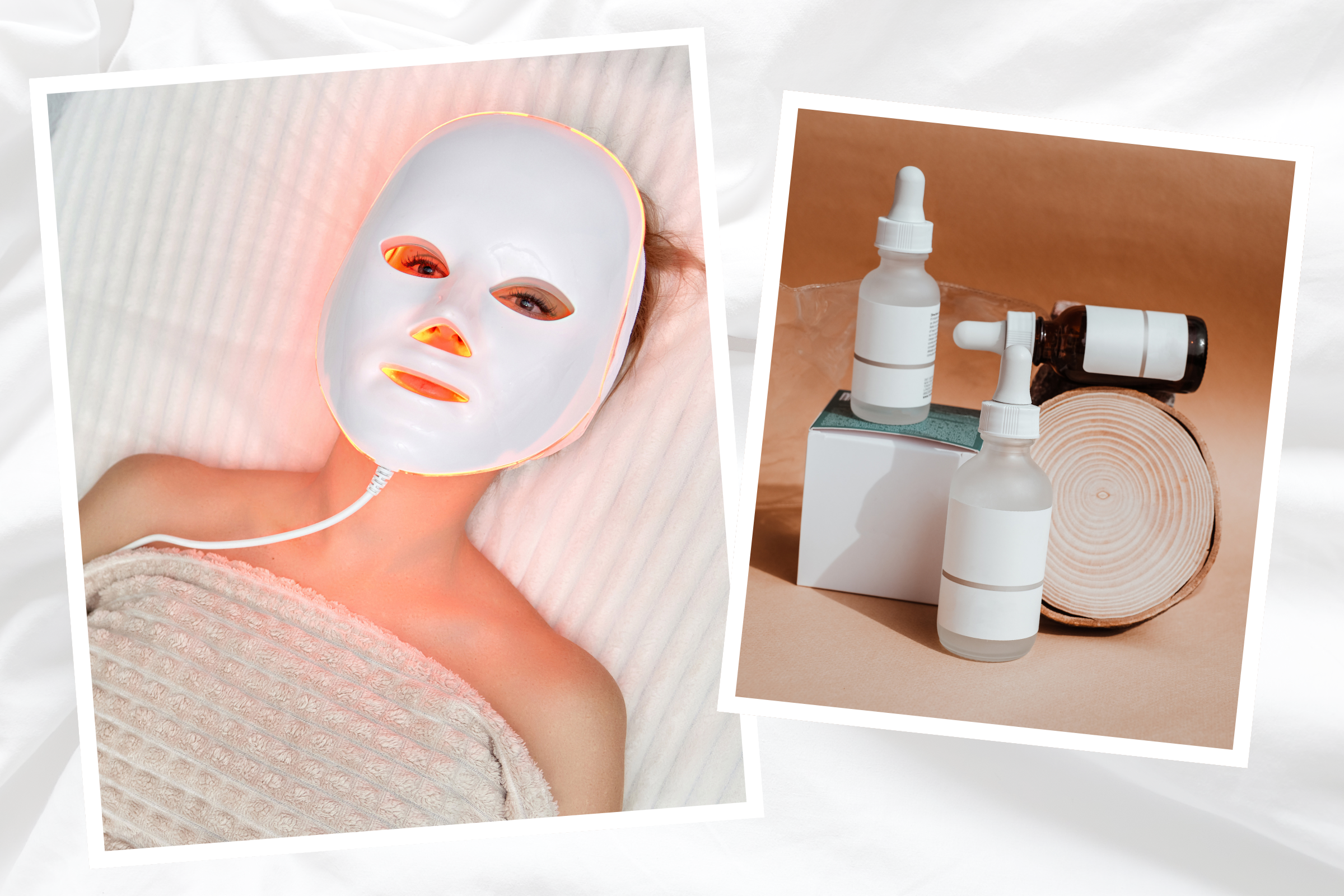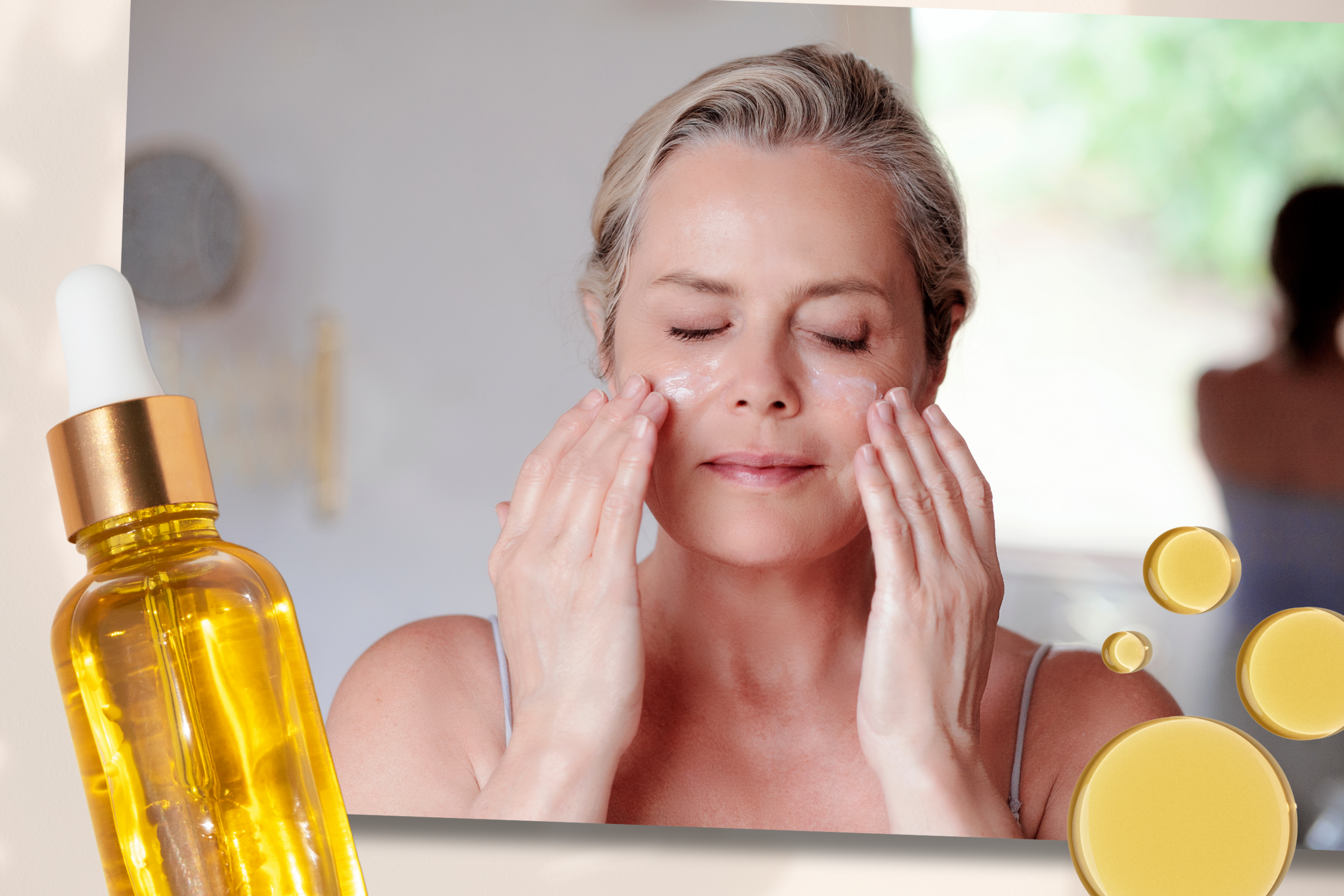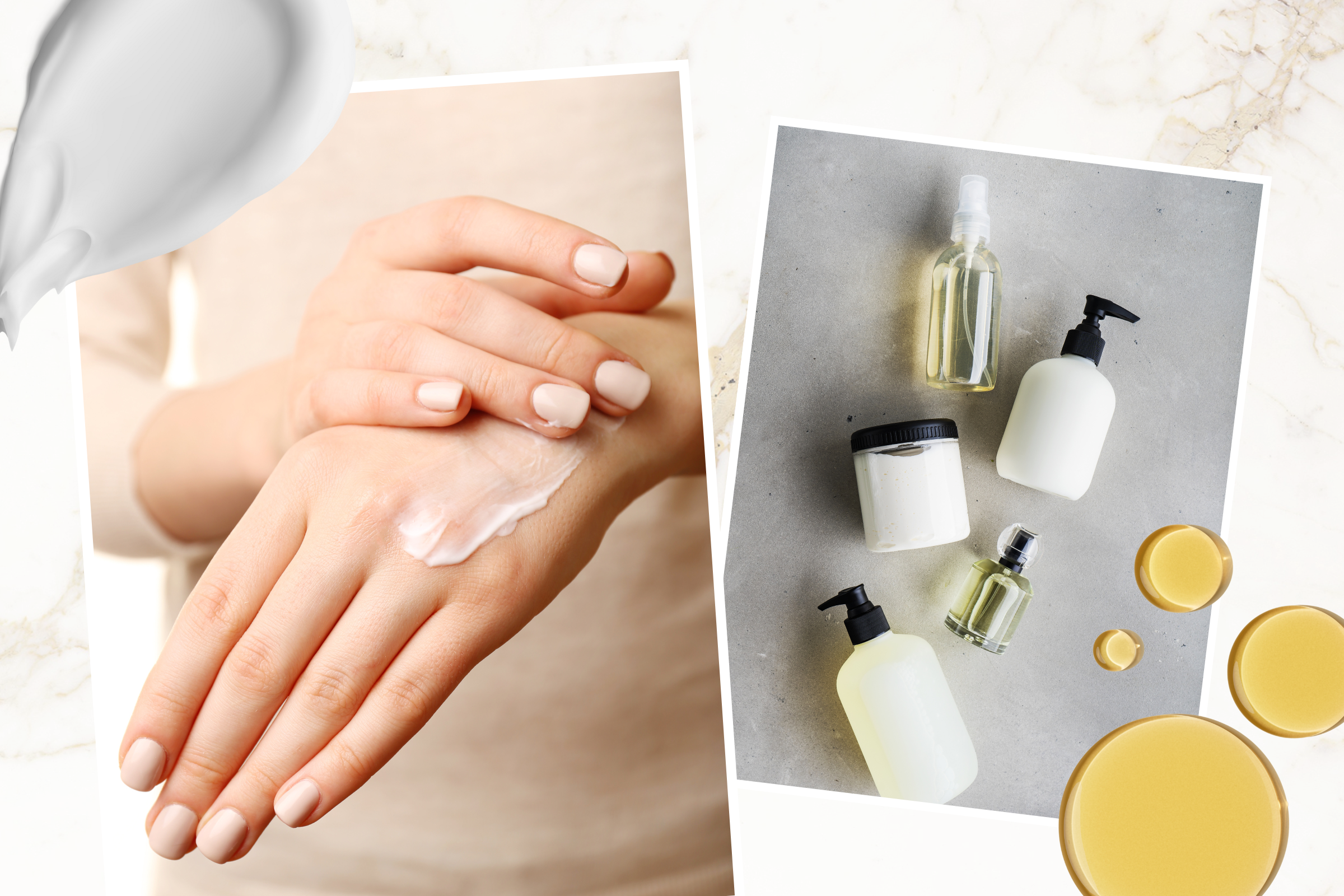What you need to know about derma-rolling

From fading old acne scars to smoothing out wrinkles, it seems the derma-roller has some impressive skin-rejuvenating powers.
It’s said that plumper, smoother, more radiant skin could be yours by running a small, hand-held roller with tiny needles all over your face and neck. Here, facialist and skincare expert Abigail James explains everything you need to know about derma-rolling.
What is derma-rolling?
Derma-rolling is also known as micro-needling. This increasingly popular treatment creates microscopic pin pricks in the surface of the skin. Before you wince, these needles really are very small. Those on professional facial rollers vary from 0.3-1mm, with longer lengths used elsewhere on the body.
Creating tiny, controlled wounds on the surface of the skin stimulates our own natural healing response and collagen production to repair the skin’s surface. This can reduce the appearance of scarring, fine lines and large pores, and generally gives a more youthful tone. In expert hands, most rollers are safe enough to use around the eye area, and are really effective for helping to ease crow’s feet.
Does micro-needling work?
Put simply, even with low-level needles, derma-rolling can work. It doesn’t use chemicals, so it’s an option for those who like to know what they’re putting on or into their skin. And it’s based on our skin’s natural healing response.
Does micro-needling hurt?
The process involves working the roller over the face in fast moves, which feels more annoying than painful. It takes from three to five minutes to complete the whole face, so it’s a quick treatment. This type of needling could be included in your regular facial, where it will increase product absorption and further boost collagen production. It can also be used to target a specific concern in a course of three to five treatments, four weeks apart, with a top up every six to nine months.
A needle of 0.5mm or less usually doesn’t require the pre-application of numbing cream. However, cream needs to be applied before the derma-rolling with longer needles, and needs 20 minutes to take effect. Derma-rolling with longer needles is carried out using the same method, though you can get some pin-pricks of blood, and healing takes longer. This type of roller is effective for deeper lines and acne scarring, and requires a course.
How to try derma-rolling at home
Traditionally, derma-rolling was only available in clinics. These days, however, you can buy devices to use at home. Like many home-use equivalents of professional kit, these are gentler and don’t give the same results as professional treatment. That said, regular low-level needling can be a great addition to your at-home routine between facials. Start with once or twice a week in the evening. If you’re buying a roller, make sure it’s good-quality. You’ll need to sterilise your roller between uses and take care not to apply anything too active or fragranced afterwards which may irritate the skin. Hyaluronic acid serums are perfect.
If you’re already exfoliating the skin or using retinols, the dermis (living tissue below the protective, outer dermis) will be finer, so be cautious of adding further treatments into your at-home routine.
For fans, a professional treatment that is a step on from traditional derma-rolling is fractional radio frequency, which combines needles with heat for a more controlled and deeper impact. You now also see micro-needling treatments using a derma-pen (rather than a roller).
Loved this? Read on here
Abigail James’ guide to botox
The beauty benefits of hyaluronic acid




